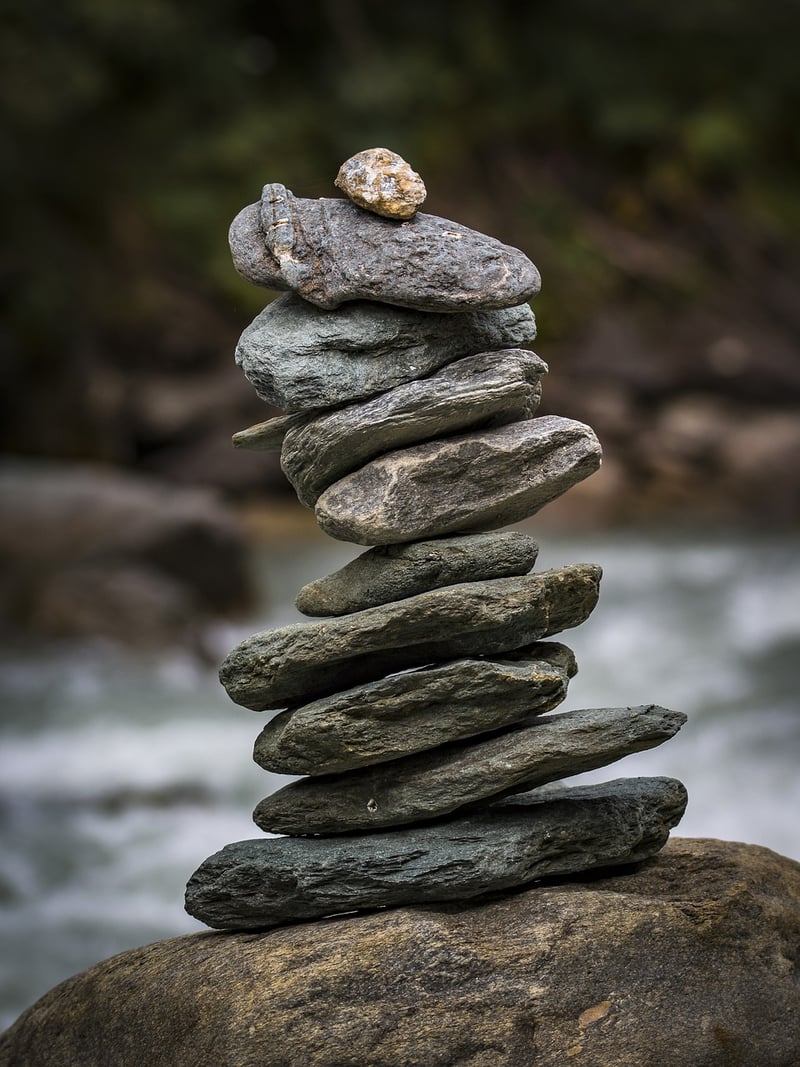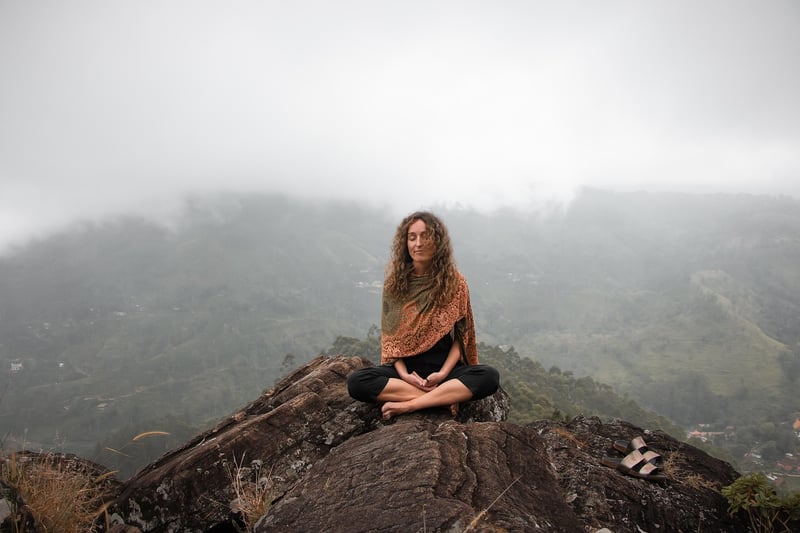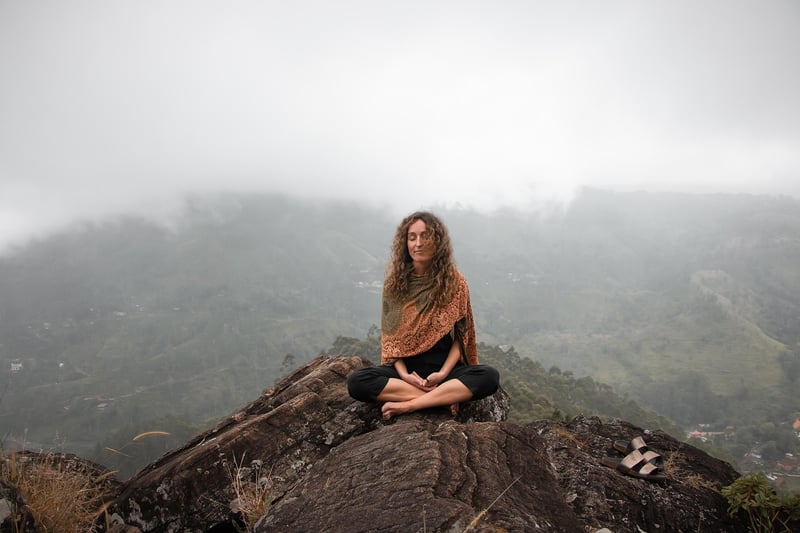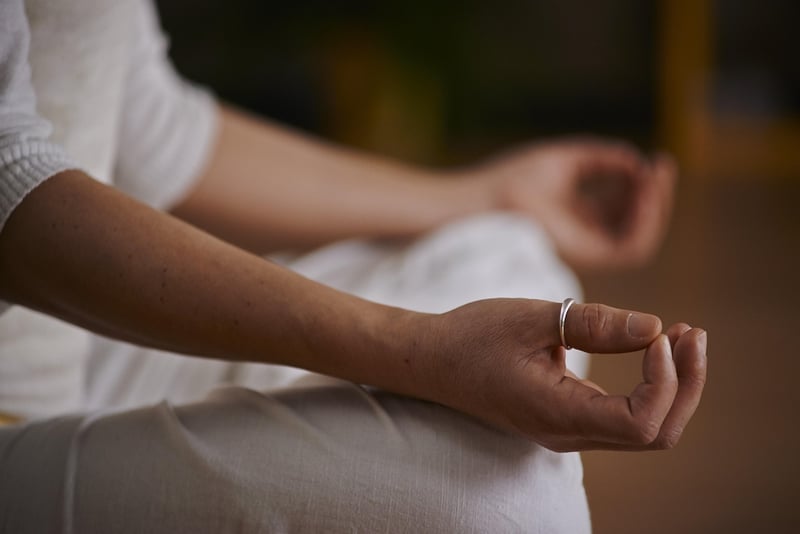Guided Relaxation Practices
Breathing and Relaxation Exercises for Stress Relief
Stress is a common part of modern life, but it doesn't have to take over. Learning how to manage stress through breathing and relaxation exercises can significantly improve your overall well-being. Here are some techniques to help you relax and unwind:
1. Deep Breathing
Deep breathing is a simple yet effective way to reduce stress and anxiety. Find a quiet place, sit or lie down comfortably, and close your eyes. Inhale deeply through your nose, expanding your diaphragm, hold for a few seconds, and then exhale slowly through your mouth. Repeat this several times, focusing on your breath and letting go of tension with each exhale.

2. Progressive Muscle Relaxation
This technique involves tensing and then slowly relaxing each muscle group in your body. Start by tensing your toes for a few seconds, then release. Move on to your calves, thighs, abdomen, etc., until you reach your head. This practice helps release physical tension and promotes a sense of calm.

3. Guided Imagery
Guided imagery involves visualizing peaceful, calming scenes to help relax your mind and body. Close your eyes and imagine a serene place, such as a beach or a forest. Focus on the sights, sounds, and sensations of this imaginary place to transport yourself away from stress and into a state of tranquility.

4. Mindfulness Meditation
Mindfulness meditation involves being fully present in the moment without judgment. Sit quietly, focus on your breath, and observe your thoughts and sensations without getting caught up in them. This practice can help you cultivate a sense of peace and acceptance amidst the chaos of daily life.

Practice these breathing and relaxation exercises regularly to build resilience against stress and improve your overall mental well-being. Remember, taking time for self-care is essential for a healthy and balanced life.
For guided relaxation practices and more tips on stress management, check out Headspace and Calm.
